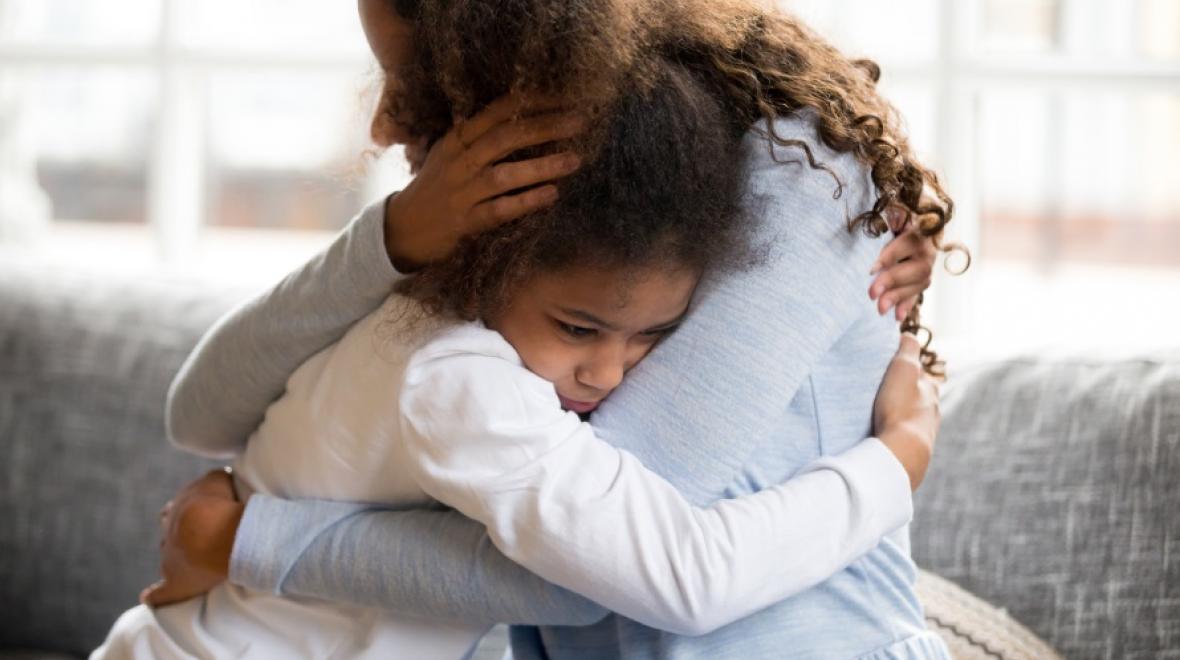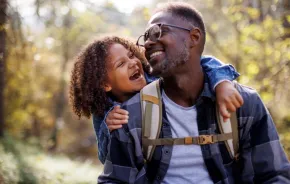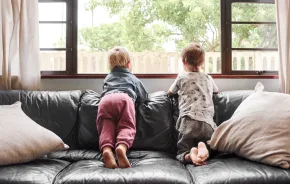
I have received numerous emails and messages over the years from parents concerned about their child’s anxious behavior. This is a tough topic, so I was thrilled to have the opportunity to interview Karen Young from the Hey Sigmund blog about it.
Just in case you don’t know Karen, let me do a quick intro. Karen Young is not only a psychologist and the founder of the very popular Hey Sigmund, but also the author of the Hey Warrior book. She originally wrote the book for her daughter who was changing schools and getting headaches, tummy aches and not sleeping.
At first, she thought her daughter was going through a typical adjustment. She then realized that her daughter was struggling with anxiety; she helped her to identify and describe her feelings, understand that it was actually good and taught her ways to manage her anxiety.
Here are a few of the highlights from the interview I did with Karen that you can use to work with your child if you notice any anxious behavior:
You can help your child identify and describe their anxiety. For example, you can compare it to the feeling you get when you miss a stair or start falling.
Children’s responses to anxiety can look different and include anger, trouble sleeping, avoidance, fidgety behavior, lack of focus, bad decisions, tummy aches and tantrums.
You can explain to your children that their anxiety is a good thing and that there is nothing wrong with them. It is there to protect them and provide a warning when something dangerous is happening.
Let your child know that anxiety can happen to anyone!
Anxiety happens because the amygdala in your brain (in the book Karen names her daughter’s amygdala “The Warrior”) thinks there might be a danger. It cannot always tell if there is a real danger or not, but it still responds the same way which leads to the anxiety response (feeling lightheaded, breathing heavy and heart starts racing).
Kids can better deal with their anxiety once they understand what is going on. They can then become the boss of their brains and feel empowered.
And here are three strategies to help kids manage their anxiety:
- Acknowledge and validate: Let your children know that you understand and validate how they are feeling. If you tell them that they are fine and that nothing is wrong it could actually increase their anxiety. (Instead, you can say things like “I understand that you're worried about this” or “I feel this way too” or “I know you're going to be OK.”)
- Breathing exercises: Ideally practice breathing exercises ahead of time so that in the moment they know exactly what to do without you having to tell them what to do. If you are with your child, use the breathing practice with them and focus on keeping your own body calm. (Examples: blowing out birthday candles or hot cocoa: Breathe in for three seconds, hold for one and then breathe out for three seconds.)
- Encourage your children to act brave: Let them know that even if they are feeling scared they can act brave. You can say things like “You can do it” without over re-assuring them. Repeating “You’re going to be fine” will probably have the opposite effect because they may feel dismissed. You can always help them problem solve in these moments by steering them towards their own answers to questions like “What do you think can make you feel better?” or “What have you done before when you started feeling worried?”
Editor’s note: This article was originally published in 2017, and updated in August 2019.











